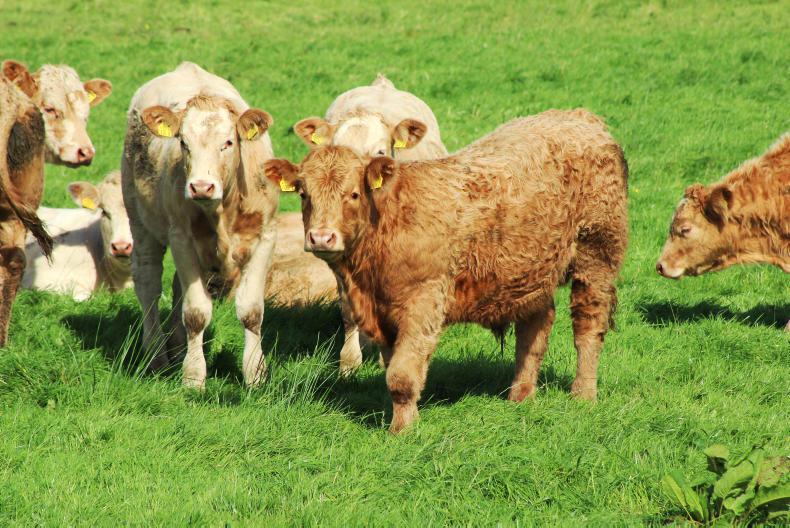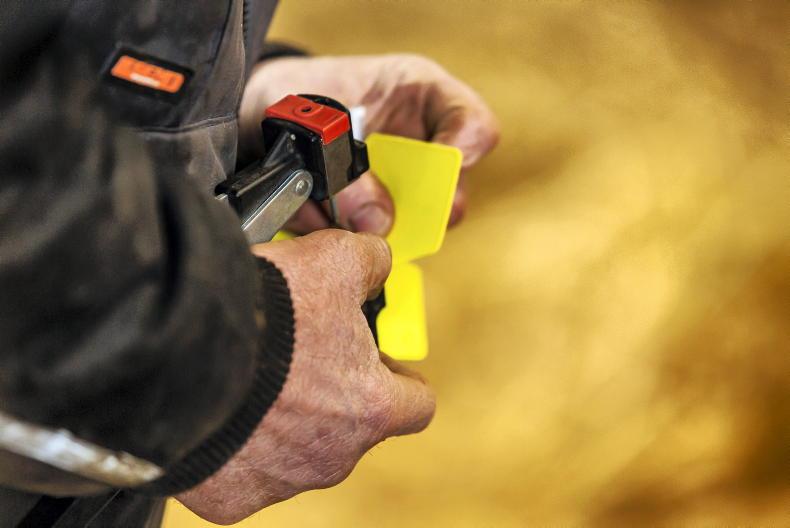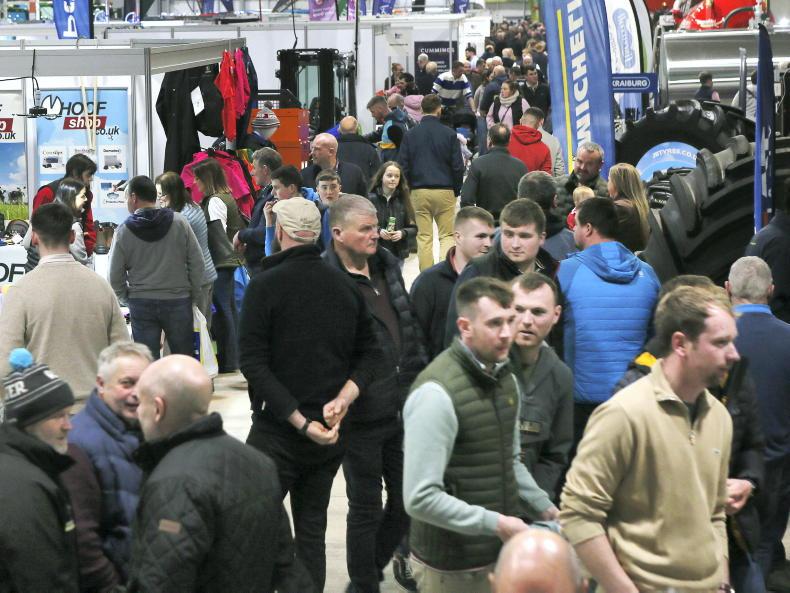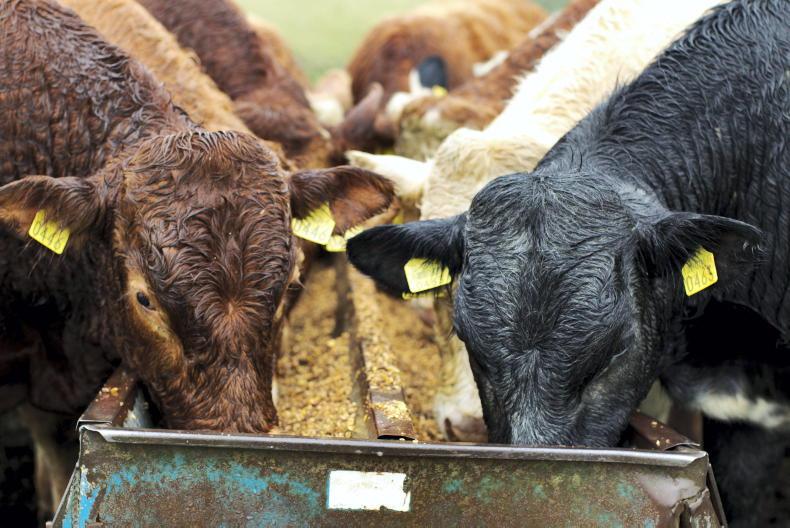Weaning spring-born calves places young cattle under increasing stress. As the stress levels increase, this suppresses the calf’s immune system.
This leaves the animal susceptible to picking up a secondary infection, or an underlying disease becoming a problem, eg pneumonia or IBR.
Therefore, when it comes to weaning calves, is the method used to wean young cattle the most appropriate for your herd?
Think back
Think back to previous years. How many occasions did you have to step in and treat calves for a respiratory problem after weaning.
This may be the year to try a different approach to weaning. Outlined are five options to consider.
1 Removing small groups of cows regularly
This option works by removing three of four cows from the main herd every three to four days, or at least once a week.
It is more time-consuming, but when carried out properly, it cuts down the level of stress placed on the calf.
By removing a small group of cows, it means their calves remain in the same field or environment. Also, there are still cows and calves in the field, which helps to keep the weaned calves settled.
By weaning in small groups, it is easier to monitor calves for signs of pneumonia.
2 Gradual weaning at grass
This option depends on having good fencing infrastructure on farm, especially stock-proof fencing.
Start by forward-creep-grazing calves. Place the creep feeder ahead of calves to encourage them to move ahead of cows.
After a week of forward creep-grazing, try locking the calves away from the cows during the daytime.
This means adding additional strands of wire to an electric fence, or locking calves into the next paddock.
As animals will be in sight of each other, they will quickly settle. Cows should be held on paddocks with low grass covers, or rough grazing, in order for them to start drying off.
After a week of this process, you can remove calves completely and move to grazing out of sight of cows. If this is not an option, house cows instead.
This option works extremely well, but comes at a cost as the nose flaps have to be purchased. Inserting the flaps into the calf’s nose prevents it suckling the cow.
Keep cows on low grass covers and let calves creep-graze ahead to access better grazing. Cows will start to dry off and calves will gradually be weaned with less stress.
If cows have to be housed due to poor weather and grazing condition, do not start the waning process at the same time.
Instead, wait at least one week to allow animals to settle inside. At this point, you can start weaning by locking calves into creep areas to restrict suckling to once daily.
Feed cows straw, hay or poor-quality silage during this period to dry off. After a week, you can then wean calves completely.
While the previous four methods are all about gradual weaning, there is still the option of abrupt weaning.
This means taking all calves off the cows on one day. As a result, there is a much higher risk of calves suffering from respiratory problems.
If this is the option you decide to use, weaned calves must remain in an outdoor environment as fresh air is nature's antibiotic.
This means keeping all calves at grass for a short period after weaning to reduce health problems. Housing, when combined with weaning, only serves to increase stress.
Abrupt housing also means it is much more difficult to monitor animals for respiratory problems compared with gradual weaning methods.
Read more
Weaning: take out the stress
Monday management: be on the look-out for grass tetany
Weaning spring-born calves places young cattle under increasing stress. As the stress levels increase, this suppresses the calf’s immune system.
This leaves the animal susceptible to picking up a secondary infection, or an underlying disease becoming a problem, eg pneumonia or IBR.
Therefore, when it comes to weaning calves, is the method used to wean young cattle the most appropriate for your herd?
Think back
Think back to previous years. How many occasions did you have to step in and treat calves for a respiratory problem after weaning.
This may be the year to try a different approach to weaning. Outlined are five options to consider.
1 Removing small groups of cows regularly
This option works by removing three of four cows from the main herd every three to four days, or at least once a week.
It is more time-consuming, but when carried out properly, it cuts down the level of stress placed on the calf.
By removing a small group of cows, it means their calves remain in the same field or environment. Also, there are still cows and calves in the field, which helps to keep the weaned calves settled.
By weaning in small groups, it is easier to monitor calves for signs of pneumonia.
2 Gradual weaning at grass
This option depends on having good fencing infrastructure on farm, especially stock-proof fencing.
Start by forward-creep-grazing calves. Place the creep feeder ahead of calves to encourage them to move ahead of cows.
After a week of forward creep-grazing, try locking the calves away from the cows during the daytime.
This means adding additional strands of wire to an electric fence, or locking calves into the next paddock.
As animals will be in sight of each other, they will quickly settle. Cows should be held on paddocks with low grass covers, or rough grazing, in order for them to start drying off.
After a week of this process, you can remove calves completely and move to grazing out of sight of cows. If this is not an option, house cows instead.
This option works extremely well, but comes at a cost as the nose flaps have to be purchased. Inserting the flaps into the calf’s nose prevents it suckling the cow.
Keep cows on low grass covers and let calves creep-graze ahead to access better grazing. Cows will start to dry off and calves will gradually be weaned with less stress.
If cows have to be housed due to poor weather and grazing condition, do not start the waning process at the same time.
Instead, wait at least one week to allow animals to settle inside. At this point, you can start weaning by locking calves into creep areas to restrict suckling to once daily.
Feed cows straw, hay or poor-quality silage during this period to dry off. After a week, you can then wean calves completely.
While the previous four methods are all about gradual weaning, there is still the option of abrupt weaning.
This means taking all calves off the cows on one day. As a result, there is a much higher risk of calves suffering from respiratory problems.
If this is the option you decide to use, weaned calves must remain in an outdoor environment as fresh air is nature's antibiotic.
This means keeping all calves at grass for a short period after weaning to reduce health problems. Housing, when combined with weaning, only serves to increase stress.
Abrupt housing also means it is much more difficult to monitor animals for respiratory problems compared with gradual weaning methods.
Read more
Weaning: take out the stress
Monday management: be on the look-out for grass tetany










SHARING OPTIONS